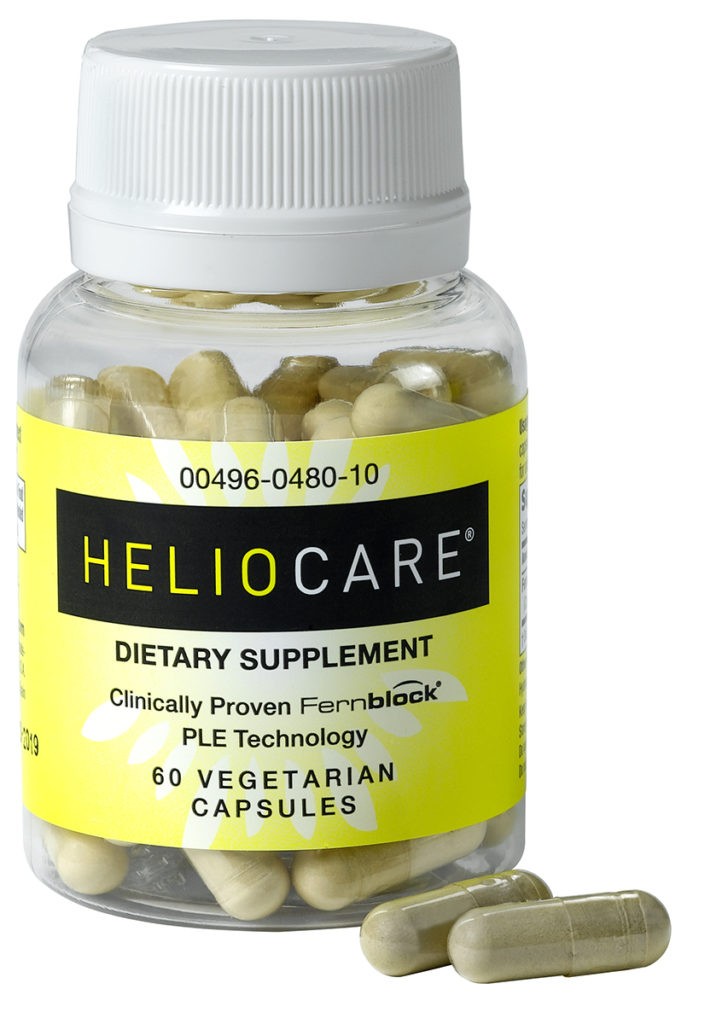Healthy Skin Month

It Doesn’t Take a Miracle for Healthy Skin; It Takes Commitment
This time of the year probably has you thinking about the holidays, but it is also a good time to consider the skin you are in. November is National Healthy Skin Month, a time dedicated to raising awareness about the body’s largest organ and how to keep it alive and vibrant. This is the time of year when the skin begins to feel the dehydrating effects of the cooler, drier, winter air. National Healthy Skin Month is an opportunity to learn how the skin functions and how to keep it working and looking its best, no matter your age. It is easy to overlook the importance of our skin, especially as an indicator of our overall health, so it is vitally important to educate ourselves about this layer of tissue that forms the outer cover of the body. While it is important to pay attention to changes in your skin throughout the year, consider this month as the month to begin that habit if you have not already begun to do so. Changes in the skin may point to an underlying health issue. Itching or rash could indicate an infection, an allergic reaction or an autoimmune disease. A new growth or changing mole could turn into a type of skin cancer.
First, a few fun facts about skin. The average adult has about 16-22 square feet of skin, which can approximately weigh between nine and 11 pounds. The skin accounts for about 15% of your overall body weight and consists of three layers: epidermis, dermis and subcutis. The skin varies in thickness depending upon the area of the body in which it is located and is thickest on the palms of the hands and the soles of the feet. It is thinnest on the eyelids. The skin serves as a protective barrier to help keep water in the body and to keep harmful chemicals and pathogens out of the body.
It is important to establish a relationship with a board-certified dermatologist to keep your skin healthy. Dr. Meggan Newland of Saint Luke’s Dermatology Specialists offers insight as to the importance of such a connection and what you can do outside of the doctor’s office to keep your skin healthy and looking its best.
How bad habits adversely affect your skin
Dr. Newland noted how bad habits can wreak havoc on your skin, and as the cold weather seeps into our lives this month, over-washing tends to become a familiar routine. While it may seem natural to wash your skin and keep it clean, doing this too much can lead to disruptions in the skin.
“Detergent in soap strips our natural oils that we need to keep our skin moist,” noted Dr. Newland, who explained that over washing disrupts the skin barrier leaving it more prone to rashes and infections, so she recommends “strategic soaping.” In other words, clean the skin folds and stinky spots only, and avoid the use of antibacterial soaps in the shower unless recommended for a medical condition. “Healthy skin flora includes some bacteria that live symbiotically with other organisms on our skin and help maintain a skin barrier.”
Anti-aging tips for your skin
As we age, our skin cycles at a slower rate and dead skin cells begin to accumulate on the surface, creating a dull appearance. However, there are ways to obtain a brighter, fresher and more luminous layer. Per Dr. Newland, this can be accomplished through a combination of alpha hydroxyl acids (AHA) and retinoids.
“Collagen scaffolding degrades with age; ultraviolet light exposure accelerates that process. Sunscreens and antioxidants mitigate some of the degradation while AHAs and retinoids help reconstruct collagen architecture. Specific regimens are tailored to each skin type,” commented Dr. Newland.
Don’t forget the daily application of sunscreen, either, especially on the face and neck. While the rest of your body is covered part of the year, your face and neck are continually exposed, which can lead to accumulative UV damage over your lifetime. The result? A more aged appearance and the potential to develop skin cancer.
Is that spot cause for alarm?
What if you notice an unusual spot or mole on your skin, or if something bleeds spontaneously or fails to heal, or if something just looks a bit out of character compared to the other spots on your skin? That is when it is time to take action. Dr. Newland refers to this as the ABCDEs of melanoma: Asymmetry, irregular borders, multiple colors, diameter larger than a pencil eraser or evolving mole. If it looks suspicious, be sure to have your dermatologist look at it. And this is the reason why annual skin checks are so vitally important. Skin cancer does not discriminate and can affect anyone. Fortunately, it is highly treatable in the earliest stages. There are some groups, however, that have an elevated risk for melanoma, including men over the age of 50, redheads, those with a personal or family history of skin cancer, and those who present with many moles, atypical moles or large moles. While nonmelanoma skin cancer is rarely a death sentence, it can be disfiguring.
The importance of Vitamin D and the Sun
So, when taking precautions to protect your skin, should you just severely limit your time in the outdoors? Not necessarily. According to Dr. Newland, it is important to get outside and remain active, but to be smart about it.
 “If you have to be out all day, wear a hat and cover with protective clothing. No cream is more effective than a shirt,” stated Dr. Newland. “Try to avoid the midday sun, and if you have to be in it, wear a hat and consider an antioxidant supplement like heliocare to reduce your risk of burning. Apply a minimum SPF 30 sunscreen and reapply approximately every two hours, depending on activity level.”
“If you have to be out all day, wear a hat and cover with protective clothing. No cream is more effective than a shirt,” stated Dr. Newland. “Try to avoid the midday sun, and if you have to be in it, wear a hat and consider an antioxidant supplement like heliocare to reduce your risk of burning. Apply a minimum SPF 30 sunscreen and reapply approximately every two hours, depending on activity level.”
Sun isn’t necessarily bad, as some amounts of vitamin D are good for us, depending on one’s skin type, but over time excessive sun exposure will break down your collagen, discolor your skin and increase your risk for skin cancer. It is important to speak with your doctor about your risk for skin cancer and your need for vitamin D based on your skin type. As for getting that quick tanning fix, Dr. Newland strongly advises against tanning beds.
Understanding skin cancer
“Basal cell carcinoma and squamous cell carcinoma are the most common forms of skin cancer,” explained Dr. Newland. “Over a million new cases will be diagnosed every year. These are very treatable with surgical and sometimes medical therapy. Melanoma is less common, and it is the deadliest form of skin cancer. It can spread to lymph nodes and organs if not found early. If found before it spreads, melanoma has a 99% 5-year survival rate. If it spreads to distant organs, that 5-year survival rate drops to 15%.”
In addition to making annual visits to your dermatologist, be sure to check your own skin each month. Know your moles so you can know if something is changing. If you have a changing or bleeding lesion, contact your dermatologist who can then make recommendations on screening intervals.
“If you’re one of the higher risk groups, dermatologists recommend annual screenings starting around age 20,” said Dr. Newland.
 Meggan R. Newland, M.D. has been in practice for 11 years with Saint Luke’s Dermatology Specialists and is the Medical Director of the Group. Her general dermatology practice includes all ages in medical, surgical and cosmetic dermatology. For more information call 816.932.4500.
Meggan R. Newland, M.D. has been in practice for 11 years with Saint Luke’s Dermatology Specialists and is the Medical Director of the Group. Her general dermatology practice includes all ages in medical, surgical and cosmetic dermatology. For more information call 816.932.4500.
Other sources for this feature include forefrontdermatology.com and aad.org.





